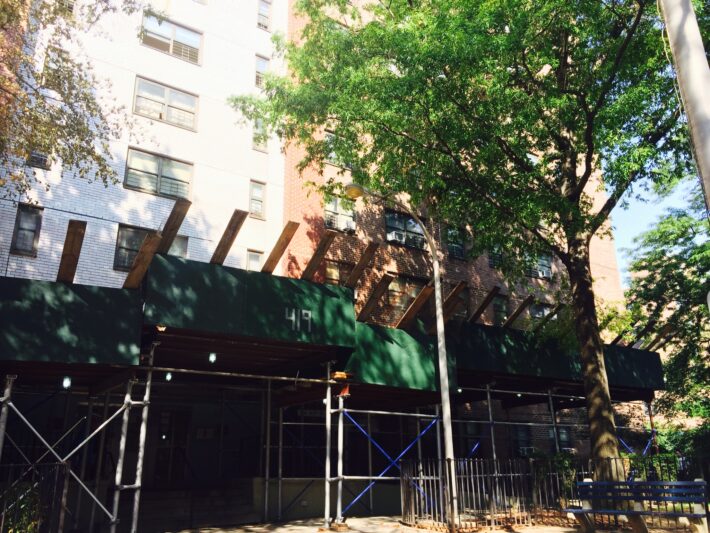
Michael Acevedo, a 26-year-old resident of the Chelsea public housing complex Robert Fulton Houses, recently took a course to gain Occupational Safety and Health Administration certification through a new program offered by the Tenants’ Association. Weeks later, he got a new job at a flooring company.
“I’ve been working in construction for a while, but now that I have the certification I was able to transition to a better job in the industry,” said Acevedo.
This summer, the Tenants’ Association, which is responsible for addressing quality of life issues within the housing project, started offering a work skills training and certification program to help boost employment opportunities for residents. Acevedo is one of its first success stories.
A July article in The New York Times reported, “Federal guidelines require the [Housing Authority] to ensure that 30 percent of new jobs on projects over $100,000 go to public housing tenants or low-income New Yorkers,” but an audit by city comptroller Scott Stringer’s office, executed in the same month, showed that the city’s Housing Authority has failed to meet the hiring quota of low-income residents. According to Fulton Houses Tenants’ Association president, Miguel Acevedo, the Housing Authority has many reasons for not meeting this quota, but chief among them is that residents often lack the qualifications needed for the jobs available, such as those in construction.
To increase community members’ chances of getting hired by the Housing Authority, or by companies, Acevedo decided to offer the class that Michael attended in a new classroom in the housing project. Tenant Participation Activity funding, federal funds provided by the Department of Housing and Urban Development that are distributed through the Housing Authority, paid for the class.
Another course participant and Fulton Houses resident, 25-year-old Angel Cortes, who works at the Housing Authority as a painter’s apprentice, said, “Because the [Occupational Safety] course is required by law in any construction job, it will be easier for anybody who takes the course to get more employment opportunities.” For now, Cortes is going to keep his job as an apprentice, but the certification allows him to keep his options open. “There is so much work to be done by [the Housing Authority] and not nearly enough people to do it,” he said.
He added that only 25 people had originally registered for the course but about 60 or 70 people showed up, about 80 percent of whom are unemployed.
The Occupational Safety and Health Administration course focuses on construction site safety and risk management. Miguel hopes to offer more courses in conjunction with New York City Housing Authority, such as a finance management class given by the office of Resident Economic Empowerment and Sustainability. “We’re in talks with Jose Calderon, the zone coordinator from the Housing Authority,” says Acevedo, although he adds that the timeframe of the program’s execution is still uncertain. Calderon said he was unable to comment on the matter.
Oscar Pagoada, a 24-year-old resident of Fulton Houses, said that another benefit of the courses was a newly-built lab with a computer within the project where residents could access the Internet.
The hope, according to Acevedo, is that the program will grow with the establishment of a Housing Authority partnership so that residents in other housing projects can take part, too. The one challenge is funding, though. According to Acevedo, creating and equipping the space for the training courses within Fulton Houses cost about $10,000, and the Occupational Safety course cost about $200 per person. He insists, though, that it has to be done: “We need to stop complaining and stop with the negativity and just do it. It’s hard work, but it can be done.”